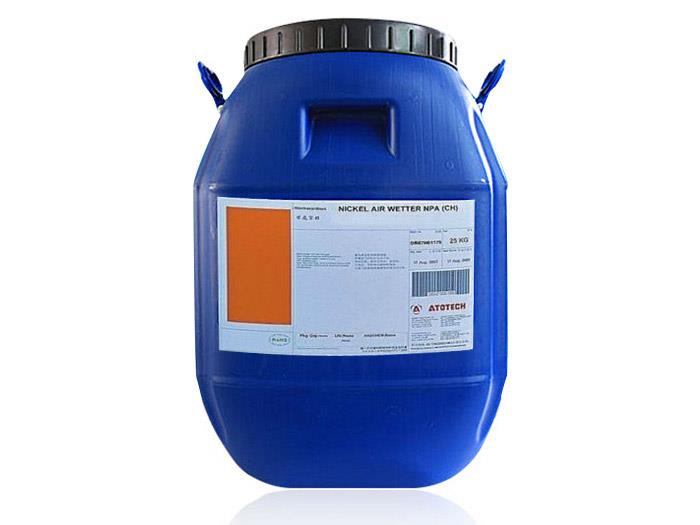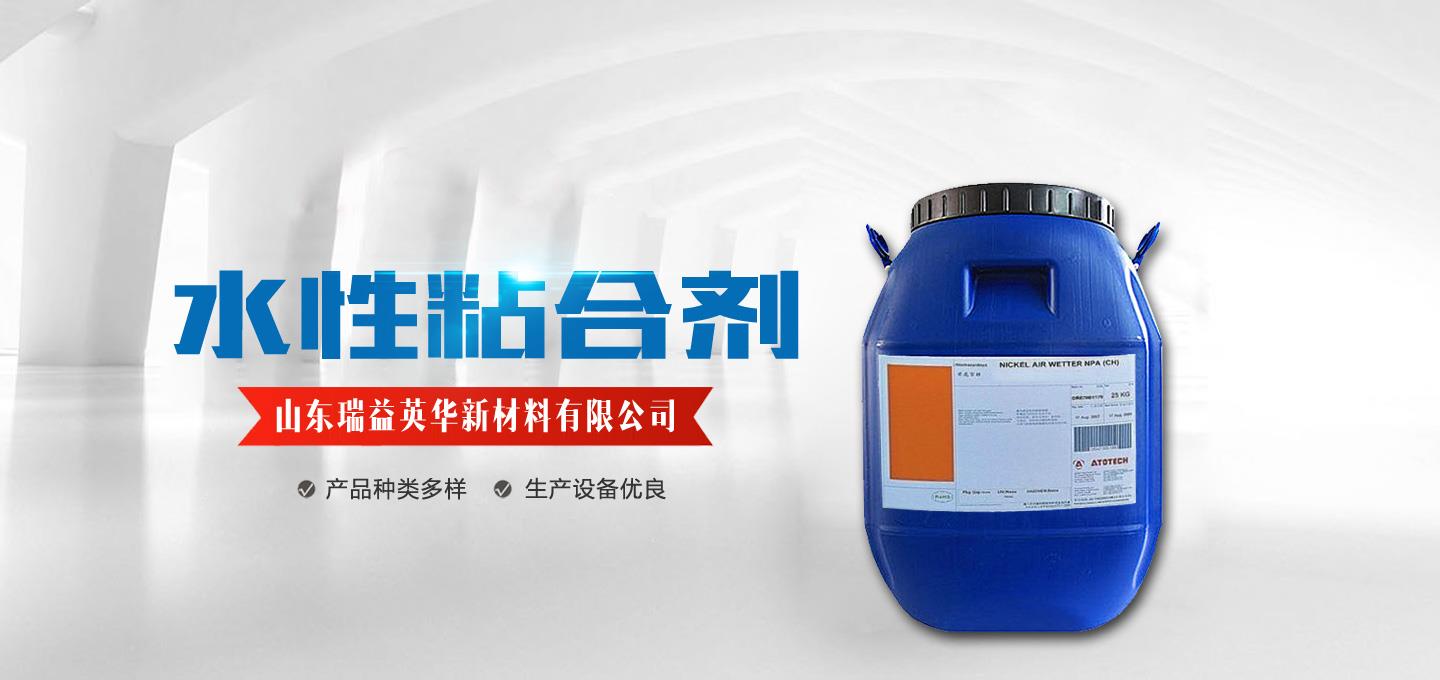0010010 nbsp; 0010010 nbsp; 0010010 nbsp; 0010010 nbsp; Acrylic emulsions are widely used, such as printing paste, material bonding, industrial coatings, etc., involving us Every aspect of life.
Among several important parameters of emulsion, viscosity is a more important one. Emulsion viscosity relates to different kinds of applications, such as waterproof glue on the fabric, the viscosity needs to be 3 ~ 4 ten thousand mPa.s, the medium viscosity is convenient for gluing the fabric, reducing the viscosity and the low immersion Wet material. Acetate-acrylic emulsion is used in the bonding of wood and paper, and the viscosity requirements are high, up and down 10 ten thousand mPa.s. It is used to configure printing glue and paint, and the viscosity is not required to be too high. The viscosity is often set at 3 ~ 8000 mPa.s, which is easy to configure the glue. Emulsion for wood lacquer, in order to facilitate spraying and other constructions, the viscosity is often set to less than 10 0mPa.s. Therefore, the viscosity of emulsions for different purposes is different. This article focuses on introducing several factors that affect viscosity and methods of increasing viscosity.
1, the impact of emulsifiers
It is an ingredient required in emulsion synthesis. Emulsifier reduces the interfacial tension of oil and water. Oily monomers are dispersed in the water phase. Anionic emulsifier disperses and stabilizes the emulsion with an electric double layer structure. As a bridge before emulsion water oil. During the reaction, the amount of emulsifier is increased, the micelles are increased, the particle size is reduced, the charge effect between the colloidal particles is increased, and the viscosity is increased. Take a 60% solid printing emulsion for printing glue as an example. When the emulsifier content is 2%, the emulsion viscosity is 8000 mPa.s. When the amount of emulsifier is increased to At 4%, the emulsion viscosity becomes 1 4 000 mPa.s.
2, molecular weight
Waterproof glue requires good water resistance, and experiments often increase the molecular weight to achieve the goal. The direct and effective way to increase the molecular weight ratio is to increase the amount of crosslinking monomers. Commonly used crosslinking monomers are AM (acrylamide), NMA, DAAM, ADH, AAEM, silicone, etc. Some of these crosslinking monomers can react with carboxyl hydroxyl groups and some can react by themselves, so the molecular weight is greatly increased. The molecular weight becomes larger, the entanglement between the molecular chains is relatively dense, and the movement is difficult, so that the viscosity of the entire emulsion system becomes larger. In the waterproof adhesive, the amount of cross-linking monomer is 2% ~ 4%. When the amount of cross-linking monomer is excessive, the cross-linking will lead to a decrease in solubility, and it will not swell well in water. When the viscosity is reduced, and the cross-linking monomer is too much, the emulsion may be easily broken. Therefore, proper crosslinking monomers can increase the viscosity of the emulsion. Taking waterproof glue as an example, when the amount of NMA (N-Methylol acrylamide, N-Methylol acrylamide) is monomer 2. {{5}}%, 4 0 The viscosity of% solid emulsion is about 4 10,000 mPa.s. When the amount of NMA exceeds {{5}}%, it is easy to break the emulsion.
0010010 nbsp; 0010010 nbsp; 0010010 nbsp; This article mainly describes several ways of thickening acrylic emulsions, which can be thickened by means of emulsifiers, molecular weight, etc.

Related News
- How to choose a better quality glue
- What are the characteristics and precautions of window glue?
- What are the uses of aluminum foil tape?
- What should be paid attention to when using water-based varnish?
- What are the advantages of water-based varnish?
- Common faults and solutions of water-based varnish
- What factors affect the gloss of water-based varnish
- Reasons and solutions for spotting of aluminum coating film glue
- Why does the internal stress of the glue cause displacement of the compounding of the aluminized film glue?
- Brief introduction of aluminum foil adhesive
- Application process and precautions of aluminum coated film adhesive
- Attention to the use of water-based varnish
- The problem and solution of the low fastness of paste box glue
- Where is water-based varnish better than solvent-based varnish
- How to change the hardness of laser film glue
- Acrylic emulsion court features and characteristics
- What are the characteristics of laser film glue
- On the thickening method and principle of acrylic emulsion
- How do we choose water-based varnish
- Method for measuring the viscosity of acrylic emulsion


